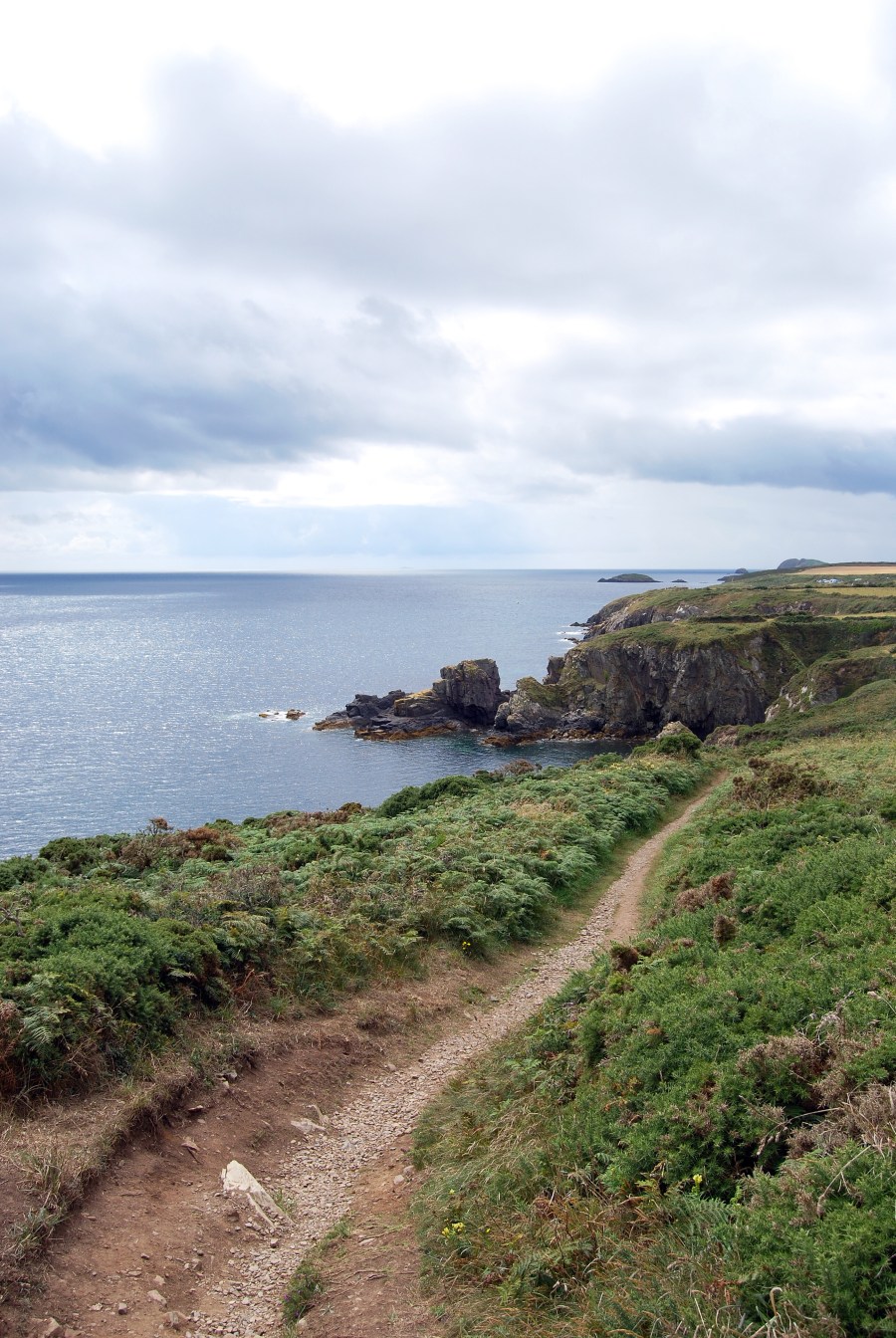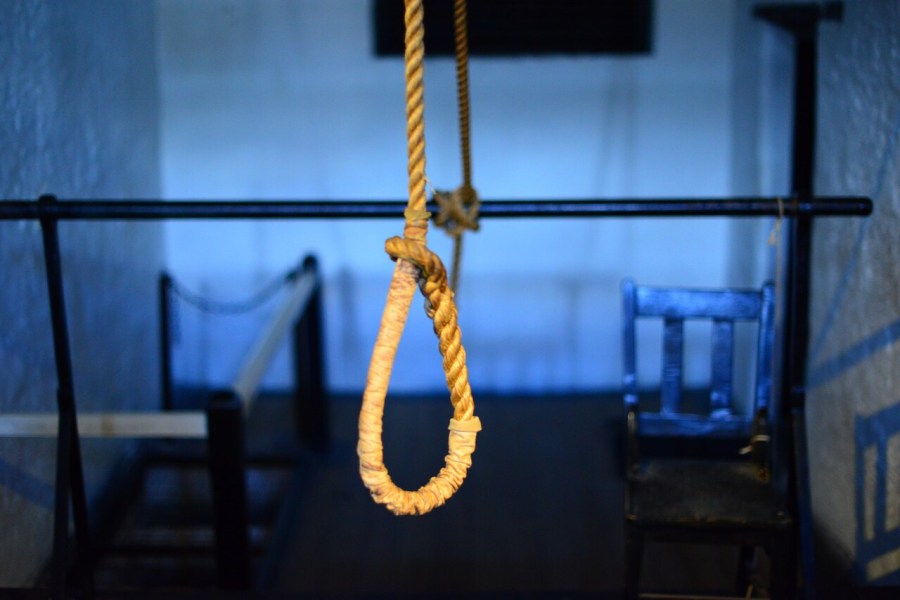March the 1st is the National Day of Wales – Saint David’s Day – and has been celebrated since the 12th Century….
Although not a public holiday many events take place across Wales; festivals and parades, usually with a dragon theme – the biggest being the National St. David’s Parade in Cardiff…. Many people attend special church services and recitals of Welsh literature (Eisteddfod)…. National costume is often worn, especially by school children….and traditional songs are sung. Many heritage sites offer free admission on this day….

Leeks and daffodils are to be seen everywhere being the National symbols, along with the yellow and black flag of St. David….

The traditional meal of the feast day is Cawl, a soup made with meat, root vegetables and of course, leeks…. Other foods enjoyed are Bara Brith (Welsh fruit bread), Tiesen Bach (Welsh cakes) and Welsh Rarebit….


It is said David was born on a cliff top one night during a raging storm – some time around 500 AD in Pembrokeshire, on the South West coast of Wales. Some say he was the son of Sandde – Prince of Powys – and ‘Non’ – the daughter of a Chieftain…. Others say his parents were Sanctus, King of Ceredigion and a nun (Nonnita). St. Patrick, Patron Saint of Ireland, is reputed to have been born in the same region some years before and he is said to have had a ‘vision’ of the birth of David…. At the site of David’s birth there stands an 18th Century chapel, dedicated to Non….also the ruins of a tiny ancient chapel and a holy well….

The young David was brought up by his mother at Llanon, a village in Ceredigion…. He was then possibly educated at Hen Fynwy – a monastery – and tutored by St. Paulinus. It seems he was always destined to be a priest….
David became a missionary – spreading the Christian word throughout the British Isles – he even made a Pilgrimage to Jerusalem, where he was made a Bishop…. During his life he is supposed to have performed several miracles: he restored the sight to his tutor, St. Paulinus….he brought a child back to life with his tears…. But perhaps his most famous miracle is from the time he was preaching to a crowd out in the open air – some cried out from the back that they were unable to hear him…. Suddenly a white dove landed on his shoulder and the ground beneath his feet rose to form a small hill….and then everybody could hear what he had to say…. The white dove became the emblem of St. David; he is often depicted in pictures and stained glass windows with one on his shoulder….

David was made Archbishop of Wales in 550 and founded 12 monasteries altogether, including Glastonbury – but the one he chose to make his base was the one close to his birth place, which he founded around 560 and is now the location of St. David’s Cathedral and St. David’s Bishops Palace – having been built by the Normans on the site of the original monastery…. In fact there is a stone which sits within an altar in the Cathedral which is believed to have been carried back by David himself on his return journey from his Pilgrimage to Jerusalem….

David’s monastery and church was built at Rose Vale (Glyn Rhosyn) on the banks of the River Alun. A settlement grew around the monastery and became known as David’s House – (Tyddewi)…. Life was tough in a monastery and David ran a particularly strict Order…. All were expected to work hard; ploughing the land by hand without the use of animals, to provide food with which to feed themselves and the travellers they gave shelter to…. They undertook many crafts, including beekeeping….but one of their main tasks was to look after the poor and needy by clothing and feeding them…. Their diet was vegetarian – David himself reputedly ate just bread and herbs and he was known as Dewi Ddyfrwr (the Water Drinker) because this was all he ever drank…. He was also very harsh on himself and was not beyond self-imposing penances such as standing up to his neck in freezing cold water – reciting the Scriptures….
David died on the 1st March 589 AD, rumoured to having been over 100 years old…. He was buried in a shrine in the 6th Century cathedral he had founded…. During the 11th Century the Vikings plundered the site repeatedly, murdering two Bishops in the process – in 1087 it was finally burned to the ground….



St. David’s (as the settlement that had grown from David’s House became known) was given city status because of its cathedral in the 16th Century – but this status was lost in 1888…. In 1994, at the request of Queen Elizabeth II, it was granted the status again, making it Britain’s smallest city…. In 2011 it had a population of just 1,841 – compared to the capital Cardiff with 358,000…. In 1996 bones were found in St. Davids Cathedral which are said to be those of St. David…. Some 50 churches in South Wales are named for him…. The affectionate (if somewhat cheeky) nickname we often give to somebody of Welsh descent – ‘Taffy’ – originates to the 17th Century and comes from the Welsh for David – ‘Dafydd’….
But what of the emblems for Wales – the leek and the daffodil? The leek is the original emblem; there are various stories to how this came to be…. One being that David advised Welsh troops to wear a leek in their hats whilst in battle with the Saxons, so they could be distinguished from the enemy…. This is doubtful, as apart from this story not being recorded before the 17th Century, David lived a peaceful life and was unlikely to have been involved with warfare….

Another more plausible theory comes from 1346, when the Prince of Wales, ‘Edward the Black Prince’, defeated the French at the Battle of Crécy. The long and bloody battle was fought in a field of leeks….to remember the bravery and loyalty of the Welsh archers, people began to wear leeks in their hats every St. David’s Day. This is the legend reflected in Shakespeare’s play Henry V….Act V Scene I : Fluellen insists Pistol eats a leek after insulting the vegetable on St. David’s Day…. “If you can mock a leek, you can eat a leek”….
The Welsh for leek is ‘cenhinen’, whereas the Welsh for daffodil is ‘cenhinen pedr’ – so it is possible over the years the two have become confused…. The wearing of a daffodil is a fairly recent custom….probably really coming about in 1911 after being encouraged by David George Lloyd at the investiture of the Prince of Wales…. You’ve got to admit a daffodil does smell sweeter than a leek when you are wearing it….

In the words of Dewi Sant (Saint David)…. “Gwnewch y pethau bychain mean bywyd” ~ “do the little things in life”….










